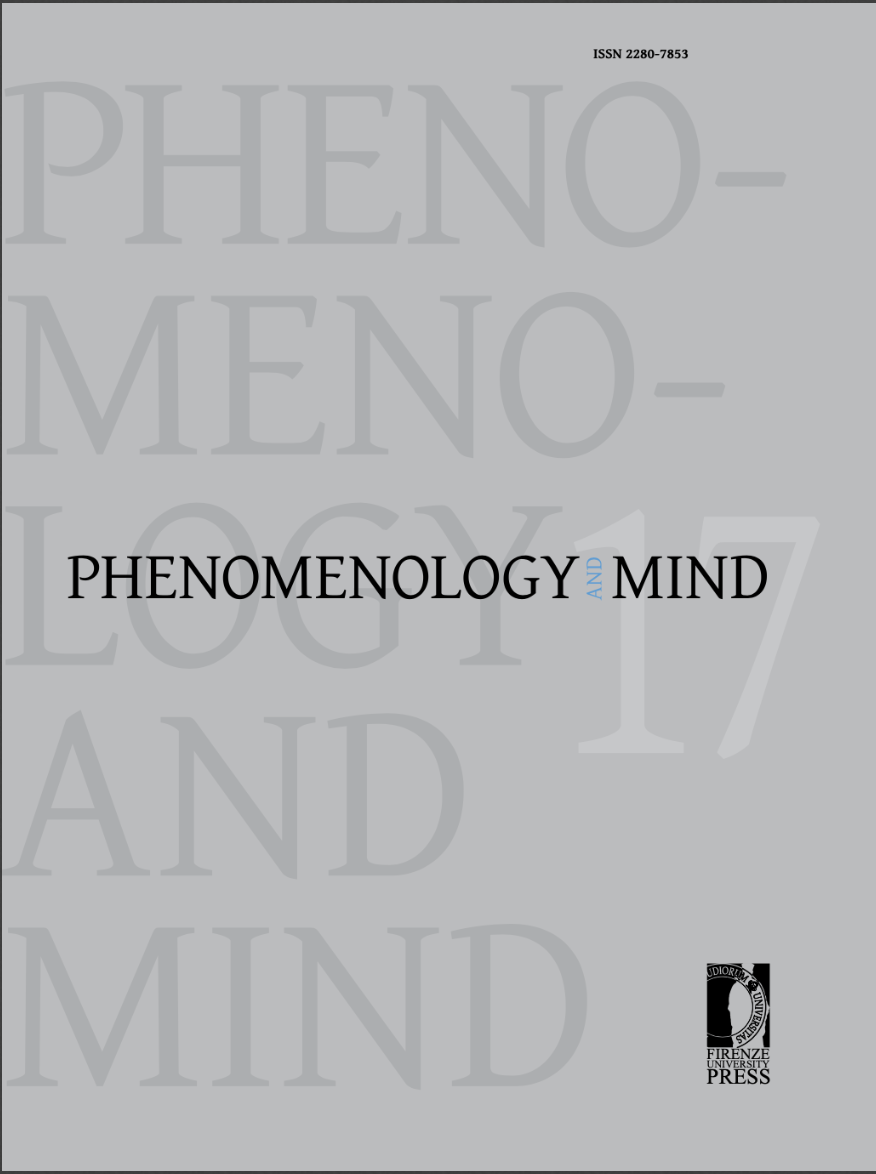Published 2016-11-26
Keywords
- representationalism,
- ambiguous figures,
- visual experience
How to Cite
Abstract
The phenomenon of ambiguous figures raises difficulties for the theories of the content of our visual experience that hold that its phenomenal character is identical to its representational content and wholly nonconceptual. This phenomenon seems to show that there can be a difference in the phenomenal character of two visual experiences, without a difference in their representational nonconceptual content. Firstly, I shall try to illustrate that these “representationalist” theories cannot provide a compelling explanation for the phenomenon of ambiguous figures. Secondly, I will present an account of it grounded on Peacocke’s “dual nonconceptual content” view. The distinction he draws between two levels of nonconceptual content can be used to explain the phenomenon without abandoning the thesis that the phenomenal character of our visual experience is a representational wholly nonconceptual content.

